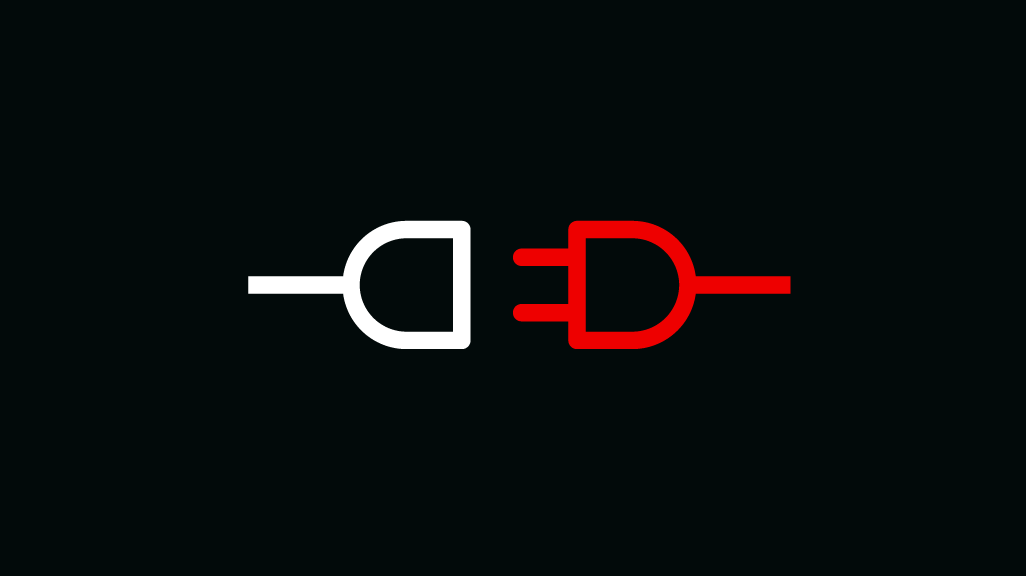Red Hat Fuse
Red Hat Fuse is a distributed, cloud-native integration solution that has the flexibility to service diverse users - including integration experts, application developers, and business users - each with their own choice of deployment, architecture, and tooling. The result is an integration solution that supports collaboration across the enterprise.
Red Hat Fuse 7.x will go End-of-life (EOL) on June 30, 2024. We recommend users migrate to the Red Hat build of Apache Camel.
For an additional cost, Fuse users may purchase Extended lifecycle support. Learn more about the Red Hat build of Apache Camel on developers.redhat.com.
What is Red Hat Fuse?
Red Hat Fuse comes with a series of connectors—called components in Apache Camel—so you can programmatically tie together various external SaaS services. Fuse enables you to build collaborative and agile Java applications using microservices and containers. Fuse packages together Apache Camel with ten other open source projects into a coherent whole that will save you time in implementation, while allowing you to use a variety of specific application development tools (such as ApiCurio, Swagger, and Undertow) to build apps with your own preferences and create powerful links with these interfaces. Fuse also is designed to appeal to developers at various skill and experience levels in their careers.
Because Fuse is based on containers, you can create a distributed environment that can isolate faults, deploy consistently, allow for continuous improvement, and be extensible.

